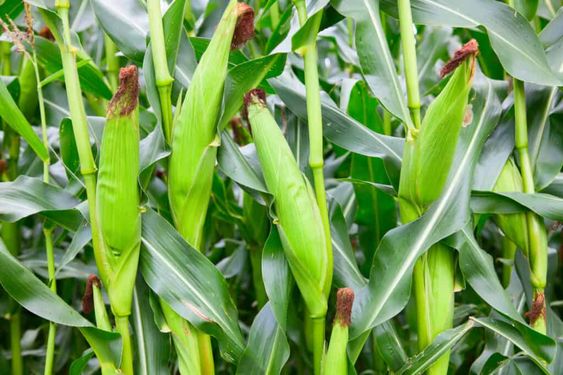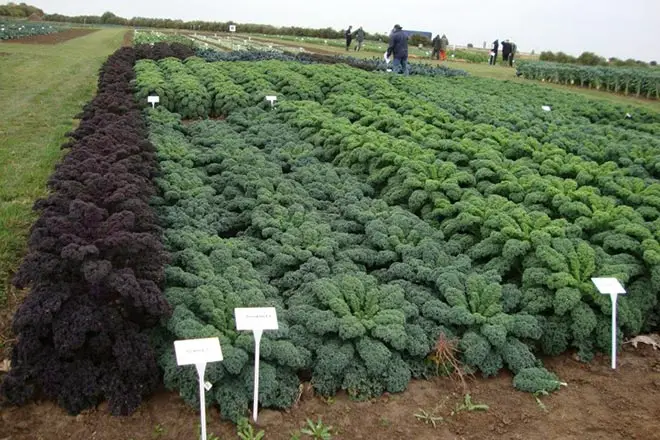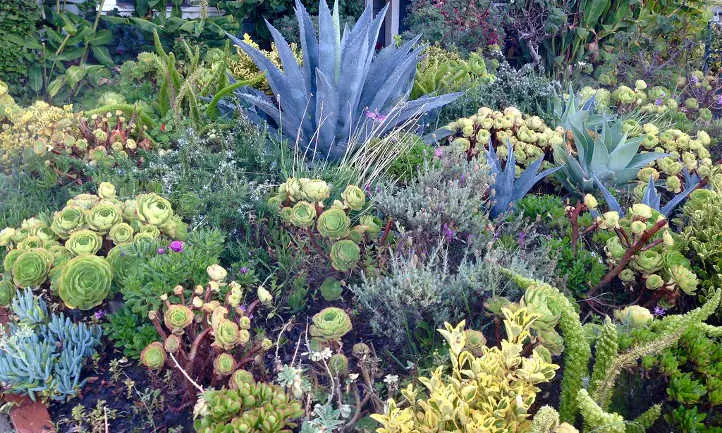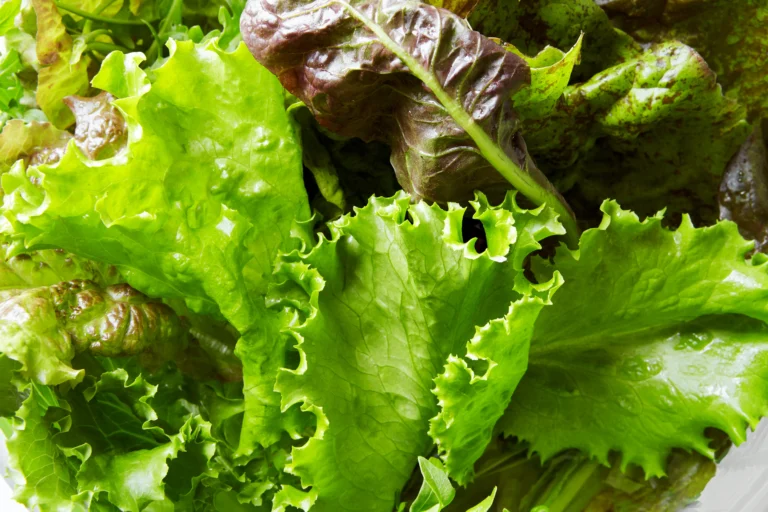The Joy of Growing Corn in Summer
Table of Contents
The Benefits of Growing Corn in Summer: Explore the advantages of growing corn during the summer season, including increased yield, faster growth, and optimal weather conditions.
Growing corn in summer offers numerous benefits, making it an ideal season for cultivation. One major advantage is the increased yield that can be obtained from corn crops during this time. The longer daylight hours and higher temperatures stimulate faster growth and encourage the development of larger ears and more abundant kernels. Additionally, the optimal weather conditions during summer, such as ample sunlight and warmth, create an ideal environment for corn plants to thrive. These factors contribute to the overall productivity and success of corn farming during this season.
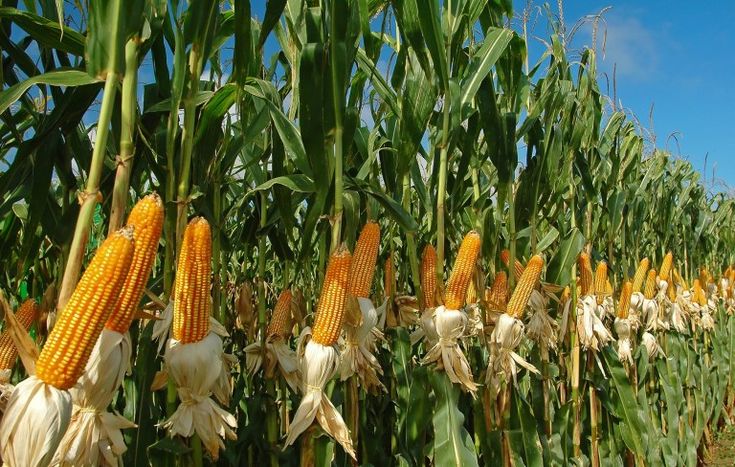
Another advantage of growing corn in summer is the accelerated growth rate of the plants. With warm temperatures and sufficient sunlight, corn plants experience rapid growth, allowing for a shorter time to harvest. This faster growth cycle means that farmers can maximize their planting and harvesting schedules, increasing their overall productivity and efficiency. Furthermore, the accelerated growth allows for a greater utilization of resources, as corn plants quickly absorb nutrients from the soil and convert them into energy for their development. With the combination of increased yield and faster growth, summer becomes an excellent opportunity to cultivate corn and enjoy its many benefits.
Choosing the Right Corn Variety for Summer: Learn about different corn varieties that thrive in the summer heat and select the best one for your specific gardening needs.
One of the key factors in successfully growing corn during the summer is selecting the right variety. With the heat and potentially dry conditions that come with the season, certain corn varieties are better suited to thrive in these conditions. For those looking to maximize their corn yield, it is crucial to choose a variety that can withstand the summer heat and still produce a bountiful harvest.
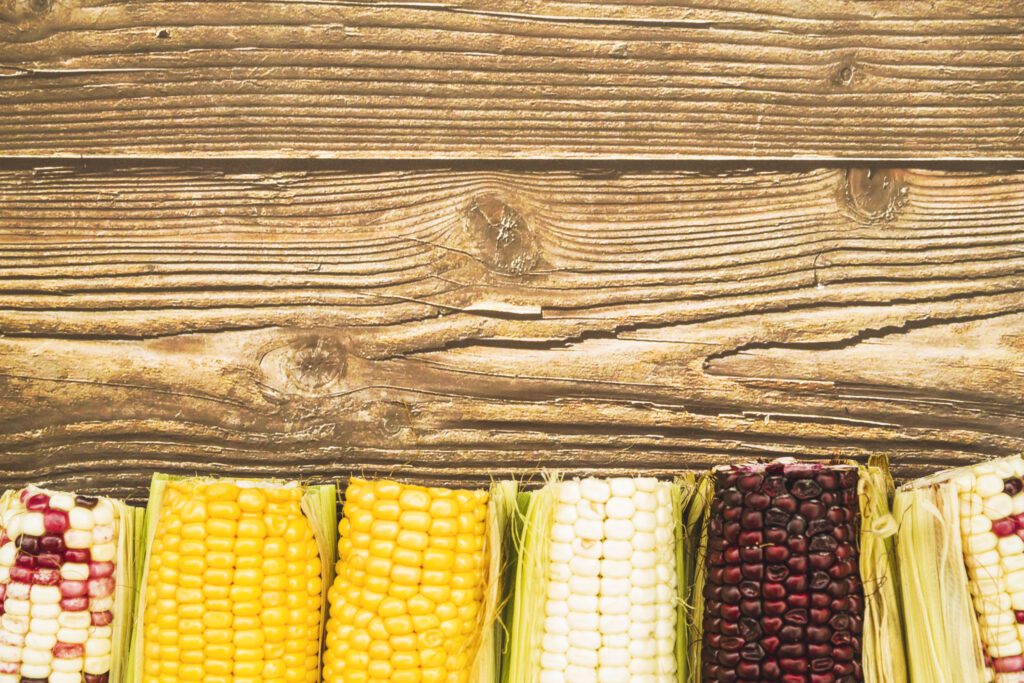
One common variety that is often recommended for summer planting is the “heat-tolerant” or “drought-resistant” corn. These varieties have been specifically bred to withstand high temperatures and drought conditions, making them ideal for summer gardening. They have adaptations that allow them to retain moisture more efficiently, reducing the risk of wilting or stunted growth during hot spells. Additionally, these varieties often have shorter maturity dates, allowing for a faster turnaround time and earlier harvest.
Preparing the Soil for Corn Planting: Understand the importance of soil preparation and learn how to create a nutrient-rich environment that promotes healthy corn growth.
Soil preparation is a crucial step in ensuring successful corn growth. Before planting corn seeds, it is important to understand the importance of soil preparation and how to create a nutrient-rich environment that promotes healthy corn growth. By investing time and effort into preparing the soil, you can set the stage for a bountiful harvest.
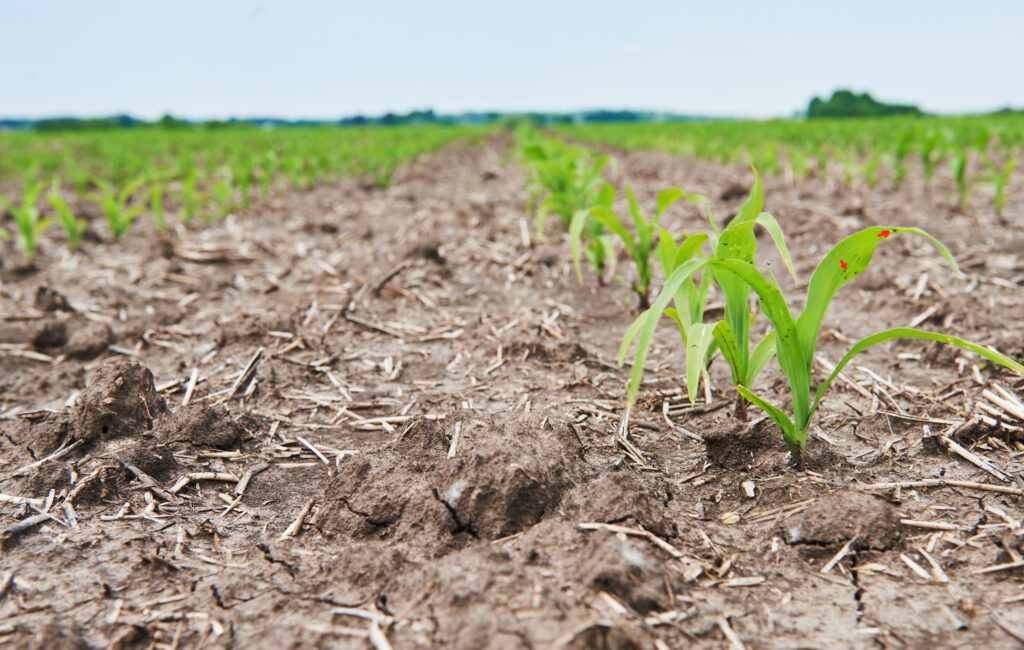
One common concern is whether it is necessary to till the soil before planting corn. While tilling can help to break up compacted soil and improve drainage, it may not always be necessary. No-till methods have gained popularity in recent years, as they can help to conserve moisture and prevent soil erosion. However, if your soil is heavy or has a dense clay texture, tilling can still be beneficial in loosening the soil and improving air circulation. Ultimately, the decision to till or not will depend on the specific conditions of your garden and your personal preferences.
Planting Corn Seeds: Discover the proper techniques for planting corn seeds, including spacing, depth, and timing, to ensure successful germination and growth.
FAQ 1: How should I space my corn seeds for planting?
The spacing of corn seeds is an essential factor to consider for successful germination and growth. It is recommended to plant corn seeds in rows, with a spacing of around 8-12 inches between each plant. This spacing allows enough room for the corn plants to develop and receive adequate sunlight, nutrients, and air circulation. Additionally, maintaining proper spacing helps prevent overcrowding, which can lead to stunted growth and lower yields.
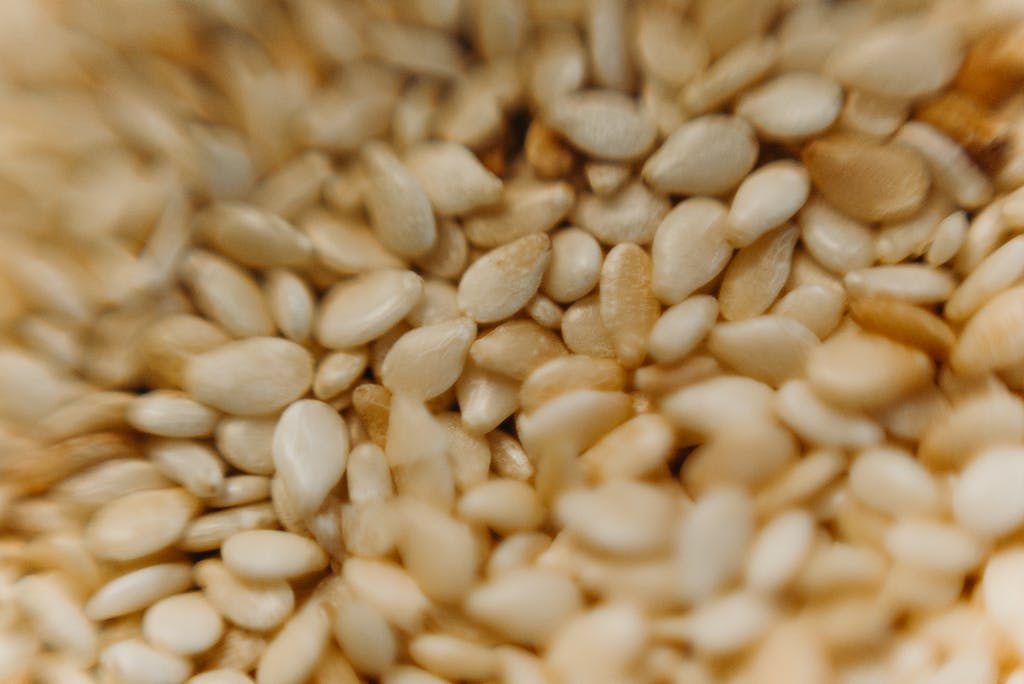
FAQ 2: What is the recommended planting depth for corn seeds?
The planting depth for corn seeds is crucial for their germination and establishment. Generally, corn seeds should be planted at a depth of 1-2 inches in the soil. Planting the seeds at this depth ensures that they have enough moisture and access to nutrients for germination. However, it is important not to plant the seeds too deep, as it may hinder emergence and weaken the growing seedlings. On the other hand, planting the seeds too shallow can expose them to drying out and damage from external factors, such as birds or rodents.
Watering Corn Plants: Learn about the watering requirements of corn plants during the summer months and how to maintain adequate moisture levels without overwatering.
Watering corn plants is crucial during the summer months as they require consistent moisture to thrive. Adequate watering helps to promote healthy growth and prevent stress-related issues. However, it is important to strike a balance and avoid overwatering, which can lead to root rot and other detrimental conditions.
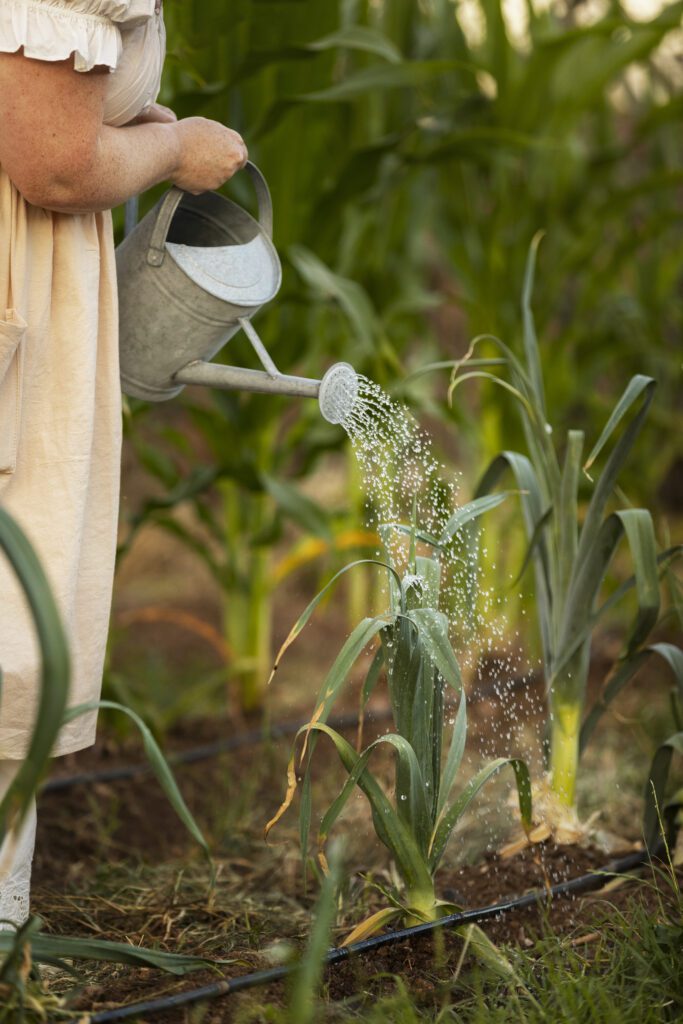
One frequently asked question is, “How often should I water my corn plants during the summer?” The frequency of watering will largely depend on factors such as soil type, weather conditions, and the stage of growth. Generally, corn plants require about 1 to 1.5 inches of water per week. However, it is essential to monitor the moisture content of the soil to ensure that it does not dry out completely, especially during hot, dry periods. Regularly check the moisture level by inserting your finger into the soil about two inches deep. If it feels dry, it’s time to water.
Fertilizing Corn for Optimal Growth: Understand the nutritional needs of corn plants and discover the best fertilizers, organic or synthetic, to enhance their growth and yield.
Nutrient management plays a crucial role in ensuring optimal growth and yield of corn plants. Corn requires certain key nutrients, namely nitrogen, phosphorus, and potassium, along with several micronutrients, to thrive. Understanding the nutritional needs of corn plants is essential in selecting the right fertilizers to provide the necessary nutrients.
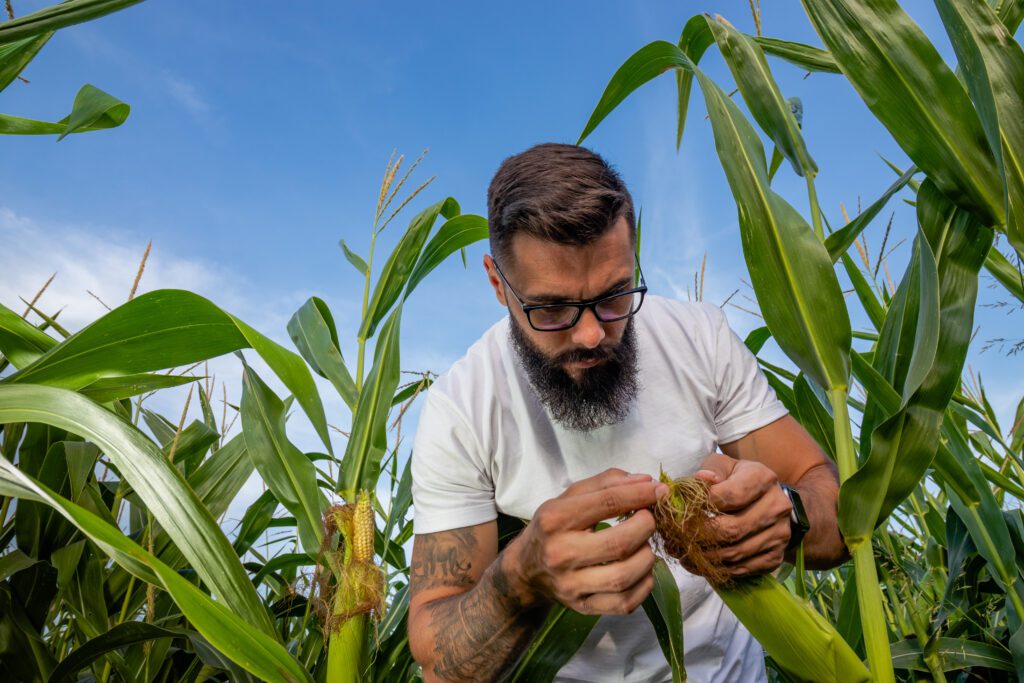
Organic fertilizers, such as compost or manure, are a popular choice for many gardeners as they improve soil health and contribute to long-term nutrient availability. These fertilizers release nutrients slowly, reducing the risk of over-fertilization. Synthetic fertilizers, on the other hand, provide an immediate nutrient supply to the plants and can be tailored to address specific nutrient deficiencies. Balanced formulations, like NPK fertilizers, are commonly used to supply the primary macronutrients required by corn.
For optimal growth and yield, it is recommended to conduct soil tests to analyze the nutrient levels and pH of the soil. Based on the results, fertilizer recommendations can be made to address any nutrient deficiencies or imbalances. It is important to follow the recommended application rates and timings mentioned on the fertilizer package. Overuse of fertilizers can lead to nutrient leaching and environmental pollution, while underuse may result in stunted growth and reduced yield.
Controlling Pests and Diseases in Corn: Identify common pests and diseases that affect corn plants during summer and explore effective prevention and control methods.
Pests and diseases can pose significant challenges to corn plants during the summer months. Common pests that affect corn include corn earworms, armyworms, and corn rootworms. These pests can cause damage to the leaves, stalks, and ears of the corn plants, ultimately reducing their yield. In terms of diseases, corn plants are susceptible to various fungal infections such as gray leaf spot and southern corn leaf blight, which can negatively impact their overall health and growth.
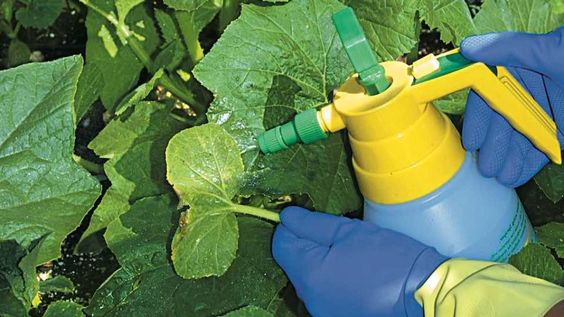
To effectively prevent and control pests and diseases in corn, it is important to implement proper management strategies. One approach is to practice crop rotation, as this helps break the life cycle of pests and reduces the risk of diseases. Additionally, employing insect-resistant corn varieties can be beneficial in reducing pest damage. Regular monitoring of corn fields is essential to identify early signs of infestation or disease, allowing for timely intervention. Implementing integrated pest management techniques, such as the use of biological controls and trap crops, can also help minimize the impact of pests and diseases on corn plants. Finally, maintaining a clean and weed-free environment can contribute to reducing the risk of pest and disease outbreaks in corn fields.
Managing Weeds in Corn Fields: Learn about different weed management strategies to keep your corn plants healthy and weed-free
One common question that arises when it comes to managing weeds in corn fields is whether or not using mulch is an effective strategy. Mulching involves covering the soil around the corn plants with a layer of organic material, such as straw or wood chips, to suppress weed growth. While mulching can be beneficial in reducing weed competition and conserving soil moisture, it is important to apply it properly. A thick layer of mulch (about 2-3 inches) should be spread around the base of the corn plants, ensuring that the mulch does not come into direct contact with the stalks. This will help to prevent the mulch from rotting and potentially damaging the plants. Additionally, it is important to regularly monitor for any new weeds that may emerge through the mulch and remove them promptly to maintain a weed-free environment for the corn plants.
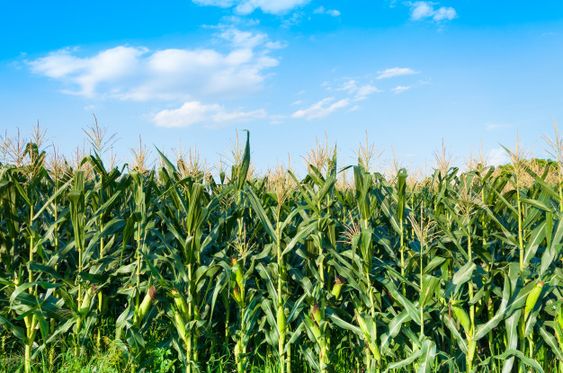
Another frequently asked question is whether or not using herbicides is recommended for weed management in corn fields. Herbicides can be an effective tool for controlling weeds and minimizing yield losses caused by weed competition. However, it is essential to use herbicides judiciously and follow the recommended application rates and timings. Different herbicides are formulated to target specific types of weeds, so it is crucial to identify the weed species present in the field before selecting an appropriate herbicide. Additionally, proper safety precautions should be followed when handling and applying herbicides, as they can be harmful to humans, animals, and the environment if not used correctly. Integrated weed management practices, such as crop rotation, regular cultivation, and manual weeding, can also be combined with herbicide use to maximize weed control while minimizing the risk of herbicide resistance development.
Why is it important to manage weeds in corn fields?
Managing weeds in corn fields is crucial to ensure the health and productivity of the corn plants. Weeds compete with corn plants for nutrients, water, and sunlight, which can result in reduced yield and stunted growth.
What are some effective weed management strategies for corn fields?
Some effective weed management strategies for corn fields include regular scouting and removal of weeds, the use of pre-emergent herbicides, crop rotation, mechanical cultivation, and mulching.
When is the best time to plant corn seeds?
The best time to plant corn seeds is typically in the late spring or early summer when the soil temperature is consistently above 50 degrees Fahrenheit. This ensures optimal germination and growth.
How often should corn plants be watered during the summer?
Corn plants should be watered regularly during the summer months to maintain adequate moisture levels. On average, corn plants require about 1-1.5 inches of water per week, either from rainfall or irrigation.
What types of fertilizers are best for corn plants?
The best fertilizers for corn plants depend on the specific nutrient needs of the soil. Both organic and synthetic fertilizers can be used to enhance growth and yield. It is recommended to perform a soil test to determine the specific nutrient deficiencies and adjust fertilization accordingly.
What are some common pests and diseases that affect corn plants during the summer?
Common pests that affect corn plants during the summer include corn earworms, armyworms, and corn borers. Common diseases include gray leaf spot, common rust, and southern corn leaf blight.
How can pests and diseases in corn be prevented and controlled?
To prevent and control pests and diseases in corn fields, it is important to practice crop rotation, maintain good field hygiene, monitor for early signs of infestation or infection, and use appropriate pesticides or fungicides when necessary.
How often should weeds be removed from corn fields?
Weeds should be removed from corn fields as soon as they are identified to prevent them from competing with the corn plants for resources. Regular scouting and removal should be practiced throughout the growing season.

Kanike Sreekanth, a prolific writer at SouthElMonteHydroponics, brings a unique blend of creativity and scientific rigor to the table. With a degree in Horticulture from a prestigious institution, Kanike’s expertise spans hydroponic farming, plant biology, and agricultural sustainability. Their passion for exploring innovative cultivation methods and promoting environmental stewardship drives them to uncover new insights in the realm of hydroponics. Kanike’s writing serves as a conduit for sharing their knowledge and inspiring others to embrace alternative farming practices for a more sustainable future.

